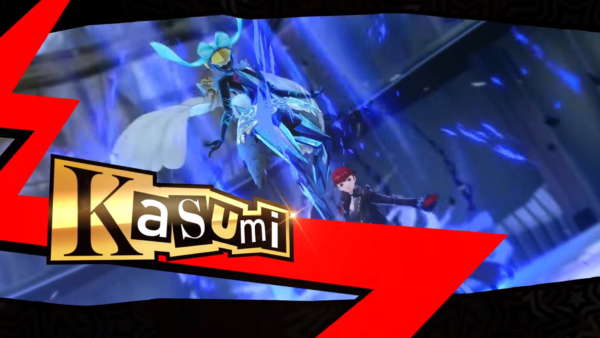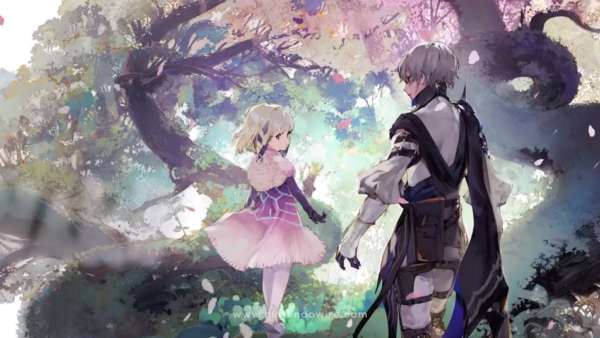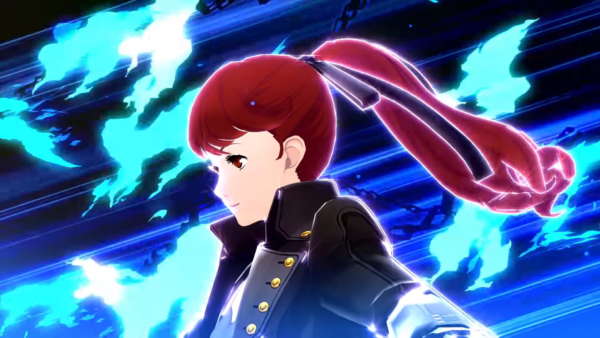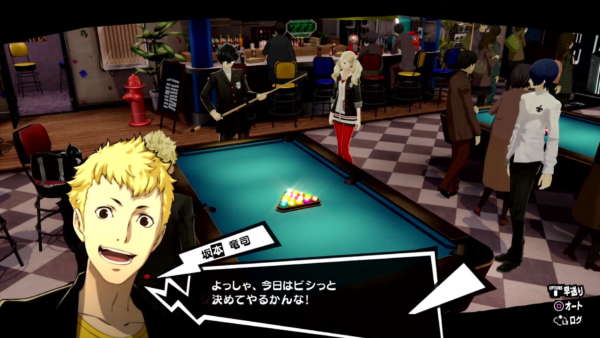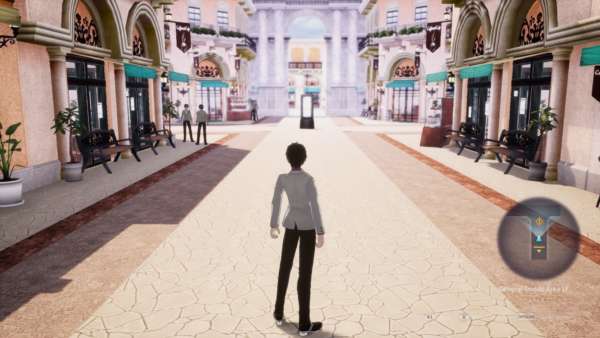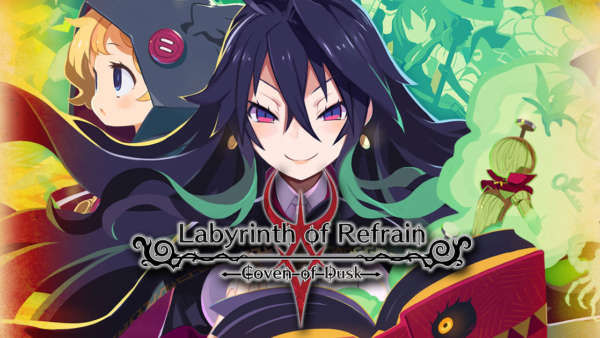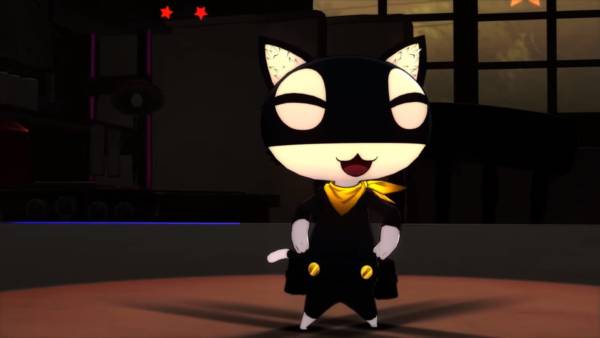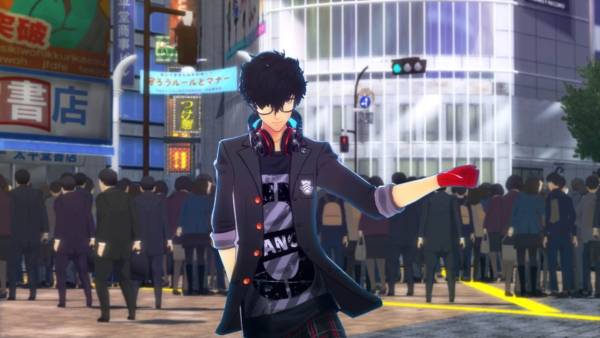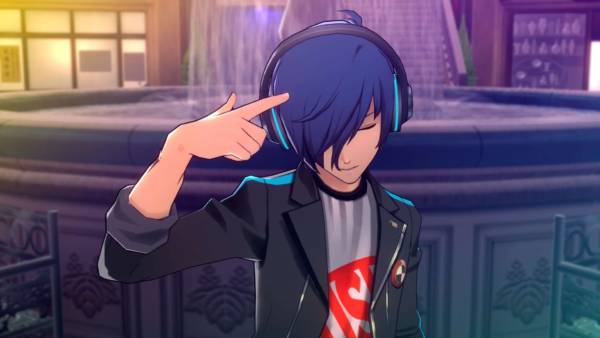Spike Chunsoft may be a relatively new company in the grand scheme of the video games industry, but they have definitely made their mark with games such as Pokemon Mystery Dungeon: Gates of Infinity and Danganronpa. Now they decided to hand back the portable monsters and masochistic teddy bears, and focus their attention on religion and the possibility of saving the world with the next generation.
Conception II: Children of the Seven Stars is a role playing game with the usual hero, a goofy best friend with an inferiority complex, and not one, but seven beautiful girls to swoon over. The main storyline consists of several late teenagers who have been branded with a mark by the Star God, and so must use the facilities provided by the Alterra Academy to produce Star Children, then venture with them into the Pandora Labyrinths to destroy the monsters that threaten to take over the land.
Following the trend set from past Japanese RPG’s, Conception II is divided into two different game types, the exposition heavy visual novel with shops, NPC’s and cut scenes, and the main meat of the game that is the exploration of a monster filled dungeon. In the first section, you must journey around the academy and converse with the students and staff, create new Star Children to journey with you, and discover the hidden secrets that the school is trying to hide from it’s pupils.
Once you get into the dungeons, known here as Labyrinths, that’s when the game switches from visual novel to full blown turn-based dungeon crawler. The Star Children that you have created join you in groups of three, as well as one of seven female elite Disciples that you befriend along your journey. You may have up to three teams of Star Children following you at a time, and if you choose the mother of any of them, that particular child will receive extra bonuses that the others do not. For the most part, the benefits you receive are well worth your investment, such as extra skills and increased statistics when they level up.
There are seven main labyrinths in the game, each taking a name from one of the seven deadly sins. As well the main dungeons, there are several side areas known as Nests which offer exclusive enemies and bonuses to those who brave their trials. At the bottom of each labyrinth, you will come face to face with the boss, which you must defeat to neutralise the area. What makes Conception II’s dungeon battle system unique is that you are able to attack an enemy from one of four directions. Certain enemies are weak against attacks from behind, and when they charge up an attack, you can attack them in potentially dangerous places to start a chain link that you increases the amount of experience and bond points you receive at the end of a battle.
The game is presented in a fusion of different styles, with the majority of them stemming from the anime cel-shading technique that is common in JRPG’s. When you interact with the girls at certain points, they will be shown as a full 3D model, while at other times they will be a 2D drawing, except when you are in the Labyrinth. Speaking of the dungeon areas, they are 3D models, with several elements using visual effects to enforce their importance to the player, such as Start point and Item capsules.
If you are wondering just how you create the Star Children, the process is fairly simple. As you form relationships with the other S-Rank Disciples of the feminine kind, you will attain a power known as Bond Points. When you reached a certain amount, you will be able to go to the Church in Fort City, and take part in a ceremony that is known as Classmating. Energy is taken from both the man and woman, and in a matter of seconds, a Star Child is born. Each Disciple and Doll can alter the resulting offspring’s abilities significantly, as well as the relationship between God’s Gift and whichever girl he decided to Classmate with.
While the seven main labyrinths, they can be replayed by using a special Training Area in Fort City. If you decide to do this, you will not find any new items, but you will receive a monetary reward for beating it a second time. Fort City can also be upgraded by giving your Star Children the gift of Independence when they reach their maximum level cap. You will not only receive a rare item for your trouble, but the city will be level up, allowing more areas to become available such as a Gift Shop to purchase items for your Classmating partners, and for previous areas to gain functions they did not have when you arrived at the academy.
If you were coming into the game expecting to see a protagonist who is timid and void of emotion, then I’m afraid you are going to be disappointed. The ‘God’s Gift’ is fuelled by his emotional drives, and in some cases, the options you can choose for him to perform are downright cruel. But they are balanced with plenty of humorous or neutral options, so you never feel as if you are being forced to be the enemy. Personally I welcome this option, as the majority of modern games that offer multiple choice tend to stick to the middle ground, without allowing extremes to make their presence known.
Whether you are talking to an NPC, or vanquishing a monster inside the labyrinth, you are accompanied by a J-Rock soundtrack that has a distinct tone of electronica spread throughout. While the opening theme and the battle theme feature lyrics, the majority of them are instrumental set pieces, which makes sense in cut scenes so you are not swamped when listening to the voice acting. For the most part, they seem fairly generic elevator tunes, which can repeat ad naseum and grate after a while. There are some exceptions, such as the interaction music with one of the Disciples, and when an enemy character appears on screen.
As much as I have praised the game, it’s not all sunshine and happiness to report. The cut scenes between events can tend to last for longer than necessary, which in a console game, would not be that important. In a portable release however, short and sharp conversations can be slightly distracting when the script is not essential to the plot. I also noticed that in the labyrinths, the locations and enemy designs were prominently reused, with only minor pattern or colour alterations being implemented in each case. Some of the menus could be slightly easier to navigate, with some necessary options being hidden behind several walls of unnecessary categorising.
Aside from these issues, Conception II is an interesting title that has a unique concept, slick animé style graphics and a storyline that has more twists than an episode of your favourite soap opera. While there may be some that will avoid it because of the Classmating mechanic, the majority that are willing to accept it will find an experience that will leave a lasting impression on any fan of the genre.
